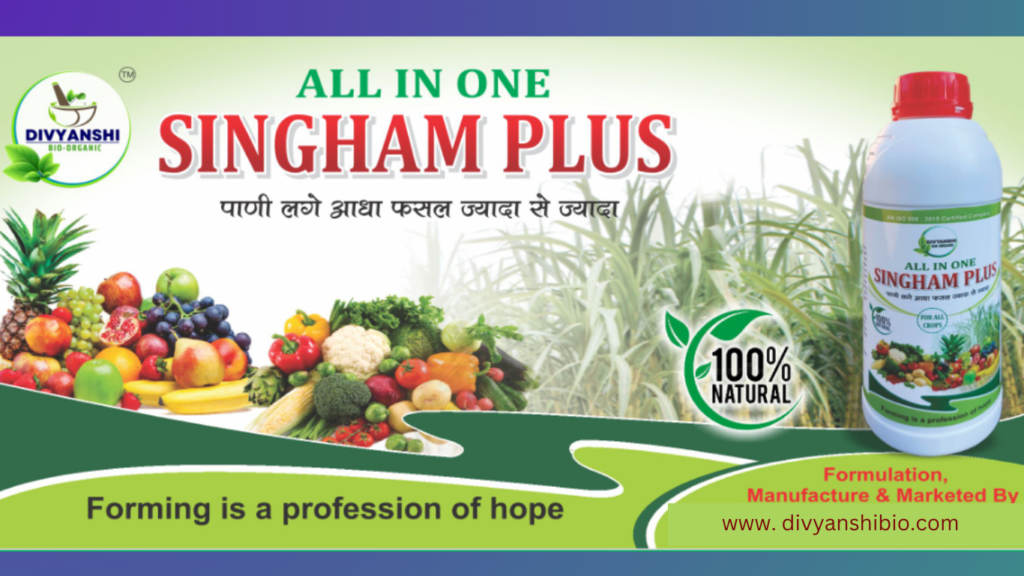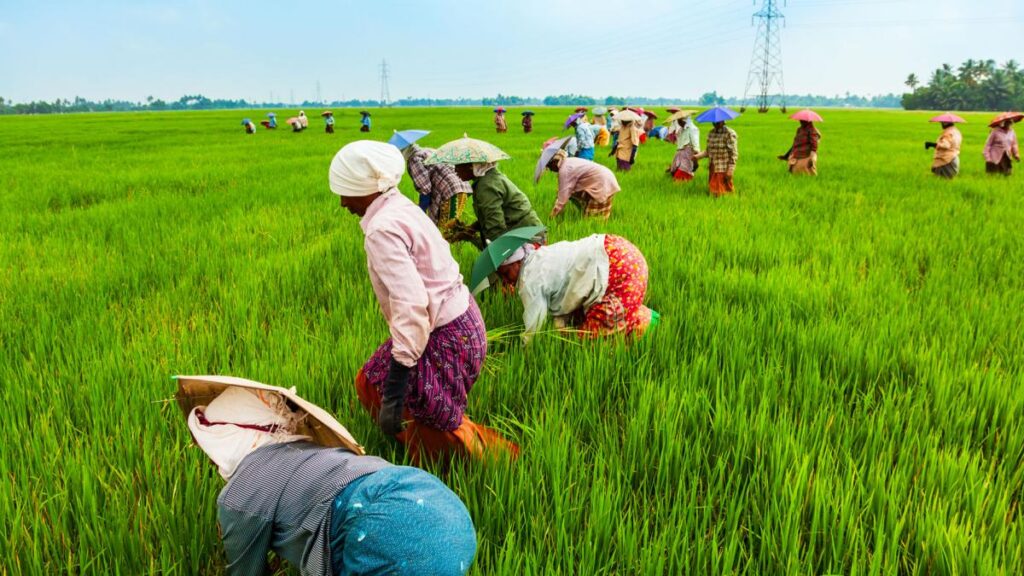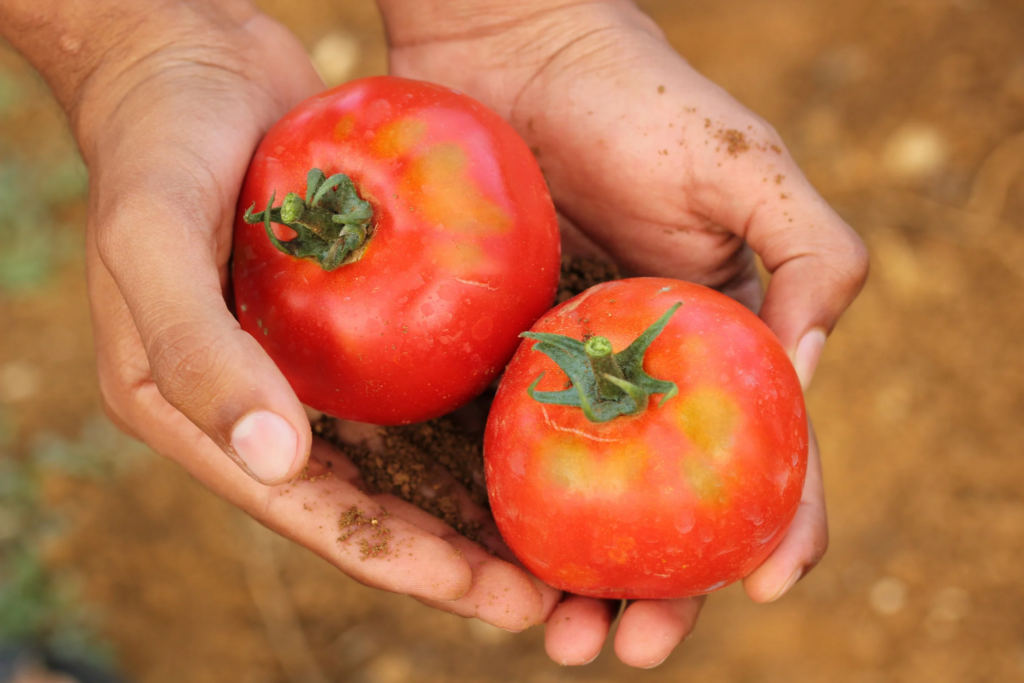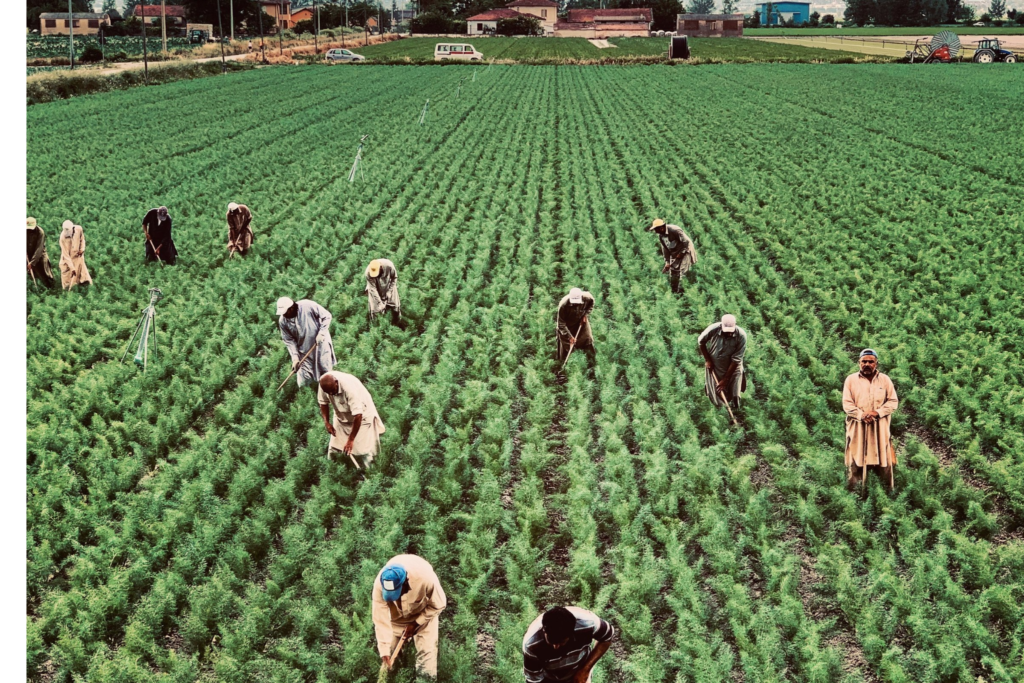

It is also very important to adopt traditional agriculture today because due to the continuous change in the environment, once again we can afford it financially.

Table of Contents
ToggleThe history of agriculture in India dates back to ancient times.

Most of agricultural exports serve developing
The history of agriculture in India dates back to ancient times.
India ranks second in the world in agricultural production. According to the Economic Survey of India 2020-21, the agriculture sector employs more than 50% of the Indian workforce and contributes 20.2% to the country’s GDP.
Growth of India’s agricultural output in 2015 in US$
The agricultural sector in India has a large share of the labor force.
In 2016, agriculture and allied sectors such as animal husbandry, forestry and fisheries accounted for 17.5% of the GDP (gross domestic product) and employed around 41.49% in 2020. India ranks first in the world with the largest net crop area followed by the US and China.
The economic contribution of the agricultural sector to India’s

GDP has been steadily declining with the country’s broad-based economic growth. Nevertheless, agriculture is the most demographically broad economic sector and plays an important role in the overall socio-economic fabric of India.
Total agricultural commodity exports were US$3.50 billion in March – June 2020. India exported agricultural products worth $38 billion in 2013, making it the seventh largest agricultural exporter and the sixth largest net exporter worldwide. Most of its agricultural exports serve developing and least developed nations. Indian agriculture/horticulture and processed food products are exported to more than 120 countries, mainly Japan, Southeast Asia, SAARC countries, European Union and United States.
Most of its agricultural exports serve developing

According to FAO World Agriculture Statistics 2014, India is the world’s largest producer of many fresh fruits like banana, mango, guava, papaya, lemon and gram, vegetables like okra and milk, fiber crops like chili pepper, ginger, jute. , staples like millets and castor oil seeds. India is the second largest producer of wheat and rice, the world’s major food grains.
India is currently the world’s second largest producer of many dry fruits, agro-based textile raw materials, root and tuber crops, pulses, farmed fish, eggs, coconuts, sugarcane and numerous vegetables. In 2010, India was among the five largest producers in the world, producing more than 80% of agricultural products, including several cash crops such as coffee and cotton. India is one of the five largest producers of livestock and poultry meat in the world with one of the fastest growth rates as of 2011
Indian agriculture produced an all-time record wheat production

A 2008 report claimed that India’s population is growing faster than its rice and wheat production capacity. Other recent studies have claimed that India can easily feed its growing population, as well as produce wheat and rice for global export, if it can reduce major food loss/waste, improve its infrastructure and improve agricultural productivity like other developing countries. can increase Countries like Brazil and China.
In the fiscal year ended June 2011, with a normal monsoon season, Indian agriculture produced an all-time record wheat production of 85.9 million tonnes, up 6.4% from a year ago. India’s rice production hit a new record of 95.3 million tonnes, up 7% over the previous year. Production of lentils and many other food items also increased year-on-year. Indian farmers thus produced about 71 kg of wheat and 80 kg of rice for each member of the Indian population in 2011. India’s annual per capita rice supply now exceeds Japan’s per capita rice consumption
fastest growing industries in India

India exported agricultural products worth $39 billion in 2013, making it the seventh largest agricultural exporter and the sixth largest net exporter worldwide. This represents explosive growth, as net exports in 2004 were about $5 billion. India is the fastest growing exporter of agricultural products over a 10-year period, with net exports of $39 billion more than double the combined exports of the European Union It has become the world’s largest supplier of rice, cotton, sugar and wheat. India exported about 2 million metric tons of wheat and 2.1 million metric tons of rice in 2011 to Africa, Nepal, Bangladesh and other regions around the world.
Aquaculture and aquaculture is one of the fastest growing industries in India.
there is one Between 1990 and 2010, Indian fish catch doubled, while aquaculture production tripled. In 2008, India was the sixth largest producer of marine and freshwater fisheries in the world and the second largest producer of fish in aquaculture. India exported 600,000 metric tonnes of fish products to nearly half of the world’s countries. [ Although available nutritional standards are 100% of requirement,

India lags behind by 20% in terms of protein quality, which should be provided with protein-rich food products like eggs. Meat, fish, chicken etc. at affordable prices.
India has shown a steady average increase in countrywide annual growth in mass produced per hectare for some agricultural commodities over the past 60 years. These benefits are mainly due to India’s Green Revolution, improvements in road and power generation infrastructure, knowledge of profitability and improvements.
Despite these recent achievements, agriculture has the potential for greater productivity and overall production profitability, as crop production in India still accounts for only 30% to 60% of the best sustainable crop yields available on farms in developed and other developing countries. [Additionally, post-harvest losses due to poor infrastructure and unorganized retailing, India suffered one of the highest food losses in the world. This information is based on Wikipedia.
